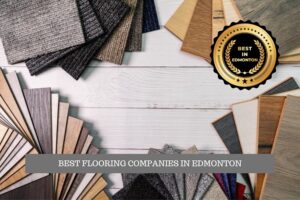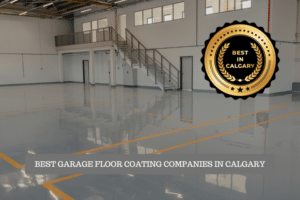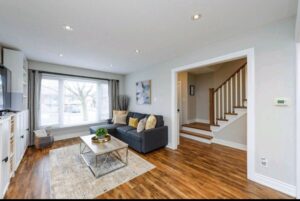Blog Submitted by Quality Red Tag Floors
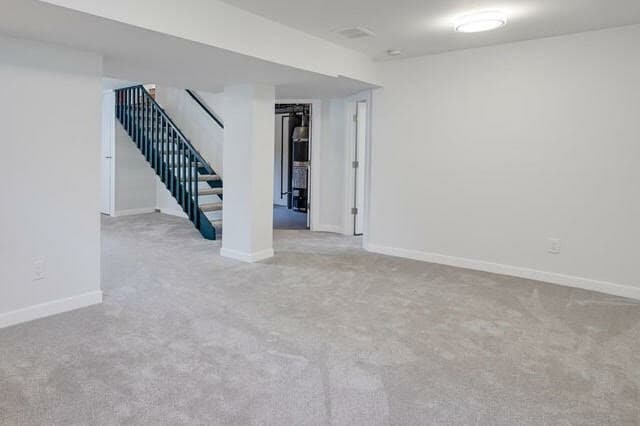
Carpet is a popular flooring option for many homeowners due to its warm and cozy feel. It’s known for its softness underfoot and its ability to add a touch of comfort and warmth to any room. A carpet is also a great option for reducing noise and insulating against temperature changes.
Carpet comes in various fibres, textures, and colours, making it easy to find a style that matches your decor. From plush, shaggy carpets to low-pile Berbers, there’s something for every taste. Carpet is also a great choice for those with allergies, as it can trap dust and other allergens, keeping them out of the air.
Carpet is also relatively easy to clean and maintain. Vacuuming regularly is usually enough to keep it looking fresh and new. However, it’s important to keep in mind that certain stains can be difficult to remove and heavy foot traffic can cause wear and tear over time.
Overall, carpet is a great option for those looking for a warm and cozy flooring option that is easy to maintain and can add a touch of comfort and warmth to any room.
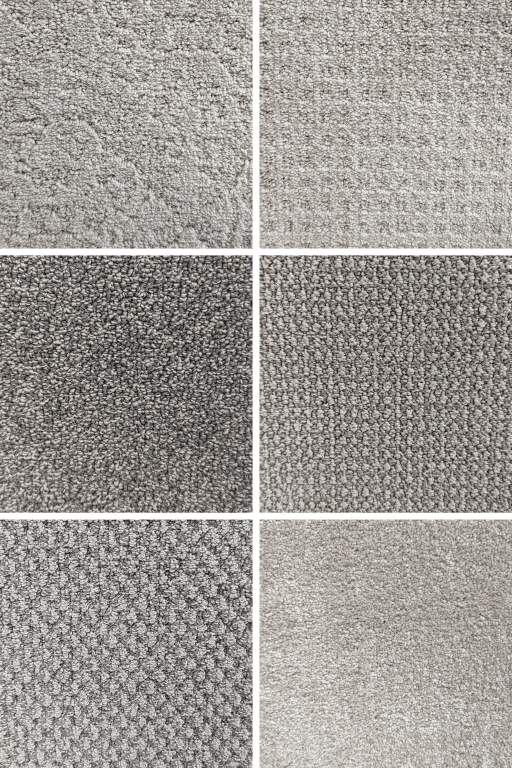
Quality Red Tag Floors is a trusted carpet supplier. Edmonton homeowners can learn more about carpet flooring, and it’s benefits in this article. You will learn about the following:
– Different types of carpet
– Terminology for carpet styles
– A little about each style and what spaces to use them in
– Berber Carpet
– Cut and loop carpet
– Cut Pile Carpet
– Loop Carpet
– Saxony Carpet
– Frieze Carpet
Table of Contents
ToggleTypes of carpet:
There are many different types of carpets available on the market, each with unique characteristics and benefits. Some of the most popular types include:
Cut pile: Cut pile carpet is made by cutting the yarn loops on the surface of the carpet, creating a soft and plush feel. It’s available in various fibres, including wool, nylon, and polypropylene.
Loop pile: Loop pile carpet is made by looping the yarn through the backing of the carpet, creating a more durable and low-maintenance option. It’s available in a variety of fibres, including wool, nylon, and olefin.
Berber: Berber carpet is made with a low pile and a tight loop, making it a great option for high-traffic areas. It’s available in a variety of fibres, including wool and nylon.
Saxony: Saxony carpet is made with a cut pile, creating a plush and soft feel. It’s available in a variety of fibres, including wool, nylon, and polypropylene.
Textured: Textured carpet is made with a combination of cut and loop pile, creating a unique texture. It’s available in a variety of fibres, including wool, nylon, and polypropylene.
Frieze: Frieze carpet is made with a tight, twisted cut pile, creating a shaggy look. It’s available in a variety of fibres, including wool and nylon.
Overall, it’s important to consider the use of the room where the carpet will be installed, the foot traffic that it will be exposed to, and the overall aesthetic of the space when choosing a type of carpet.
Most carpet can be broken down into two categories. Loop and Cut Pile. The main carpet that is used for residential use is cut pile, loop pile, and Berber. We will explore these 3 options.
Cut Pile Carpet

Cut pile carpet is carpet that has loops that have been “cut.” This makes the carpet have individual twisted strands. This carpet type the king when it comes to comfort. Modern Cut pile carpet can be very durable and stain-proof. This is thanks to recent improvements in the dying process. Most cut-pile carpets sold for residential use are made with solution-dyed polyester. This means the colour goes right through the carpet fibres. Think of a carrot vs a radish.
– offers a more modern look
– absorbs and cleans the air better than loop carpet
– offers more styles and colours available than loop or Berber
– Cut pile is typically a more popular choice due to the aesthetics of the carpet
Loop Pile Carpet
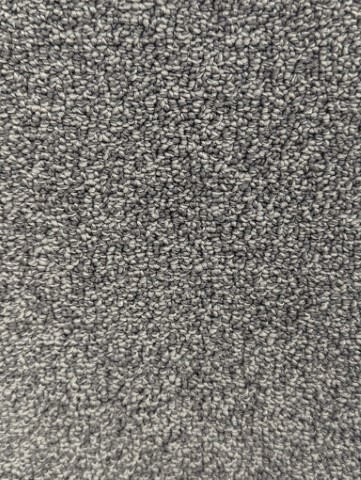
Loop pile is a carpet woven to the backing with a “closed loop.” This generally means loop pile is easier to maintain. While some loop pile carpets can look quite basic, other options incorporate colours and patterns to give a more interesting look. Loop pile is the choice for people whose number one concern is longevity.
– Durable
– long-lasting
– Patterned styles available
Berber

Berber Carpet is similar to loop carpet and is often characterized by its low pile and large, chunky loops. These loops are made of thick yarns that are tightly packed together, creating a durable and low-maintenance option that is great for high-traffic areas. The large loops also give the Berber carpet a distinct and textured look. Berber carpet is often considered an older style but is still a carpet option that many still choose for its unique style or classic durability.
When choosing between these 3 styles, people will often know right away what type of carpet they like based on the style. Each has a unique look, and each has durable options in their respective categories. Typically, a cut pile is the most popular option due to its more modern appeal. But often, some customers want to maximize durability and minimize maintenance. Keep in mind those with pets should avoid loop and Berber carpets. Pet claws can get caught in the loops and cause the strands to tear and pull out.
Quality Red Tag Floors is a Berber carpet supplier in Edmonton and can help you choose a durable, high-quality Berber for your home upgrade.
How to choose carpet pad
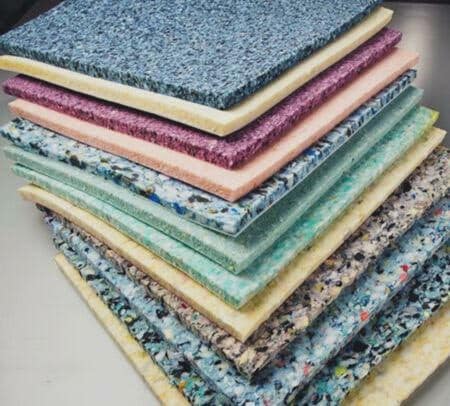
Choosing the right carpet pad is essential, and you’ll find help selecting your carpet product and pads from your carpet installer. Edmonton-based Quality Red Tag Floors offers the products and expert advice you need to make the right choice for you and your home.
In carpet pad, “lb” stands for pound. It is a unit of weight measurement used to indicate the density of a carpet pad. The higher the pound rating, the dense the pad is. Density is important because it determines the level of cushioning and support that a pad will provide. A higher-density pad will be more durable and resistant to compression, making it a good choice for high-traffic areas. The density also affects the cost, as higher-density carpet pads are more expensive than lower-density ones.
6lb
6lb carpet pad is a low-density and low-quality pad, often used for short-term or temporary installations. It is a less expensive option, but it does not provide the same level of cushioning and support as higher-density pads. It is not recommended for high-traffic areas, and it may not last as long as higher-density pads. This pad is good for low-traffic areas or for those on a budget.
7lb
7lb carpet pad is a medium-density pad that provides a balance of cushioning and support. It is a good choice for medium-traffic areas such as bedrooms, living rooms and dining rooms. This pad type is also known for its durability and resistance to compression. It is a good option for those who want a balance of comfort and durability, and it is also a more affordable option than higher-density pads. It is a good option for those on a budget but still wants a good level of comfort and support.
8lb
8lb carpet pad is a high-density pad that provides excellent cushioning and support. It is a great choice for high-traffic areas such as hallways, stairs, and entryways. This pad type is also known for its durability and resistance to compression. It is a good option for those who want a higher level of comfort and support and are willing to invest a bit more for it. It is a good option for those who want a long-lasting pad in high-traffic areas.
10lb
10lb carpet pad is a very high-density pad that provides the ultimate cushioning and support. It is the most durable and resistant to compression, making it an excellent choice for high-traffic areas. It is also great for areas that require extra cushioning, such as playrooms or dens. This type of pad is an ideal choice for those who want the best in terms of comfort, support and longevity. It is a good option for those who want the best quality pad, even if it comes with a higher price tag.
How is poundage measured in carpet pad?
Poundage in a carpet pad is measured by determining the weight of a square yard of the pad. The weight is then measured in pounds, and this number is used as the pad’s density rating or poundage. The pad’s weight is determined by the type and amount of materials used in its construction. For example, a pad made from urethane foam will weigh less than a pad made from rubber, but the urethane pad will be dense and provide more cushioning. There are standards and guidelines that manufacturers must follow to ensure that their density ratings are accurate.



